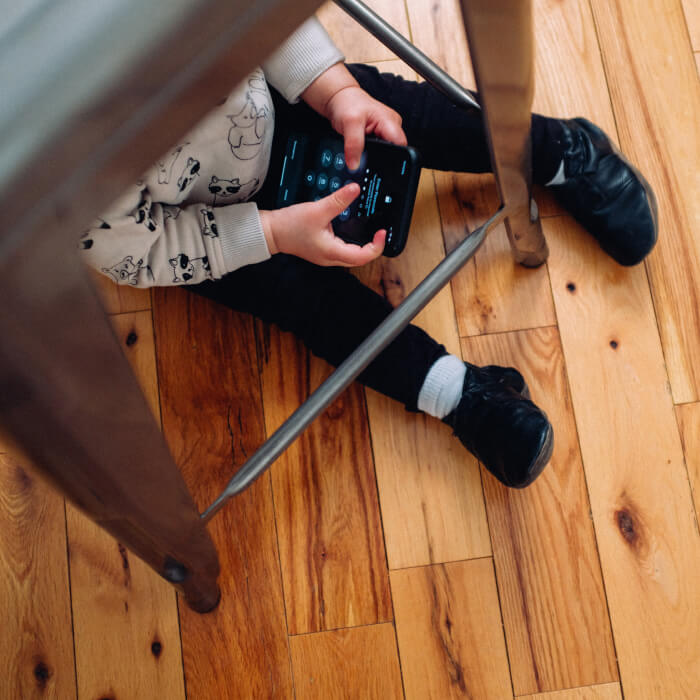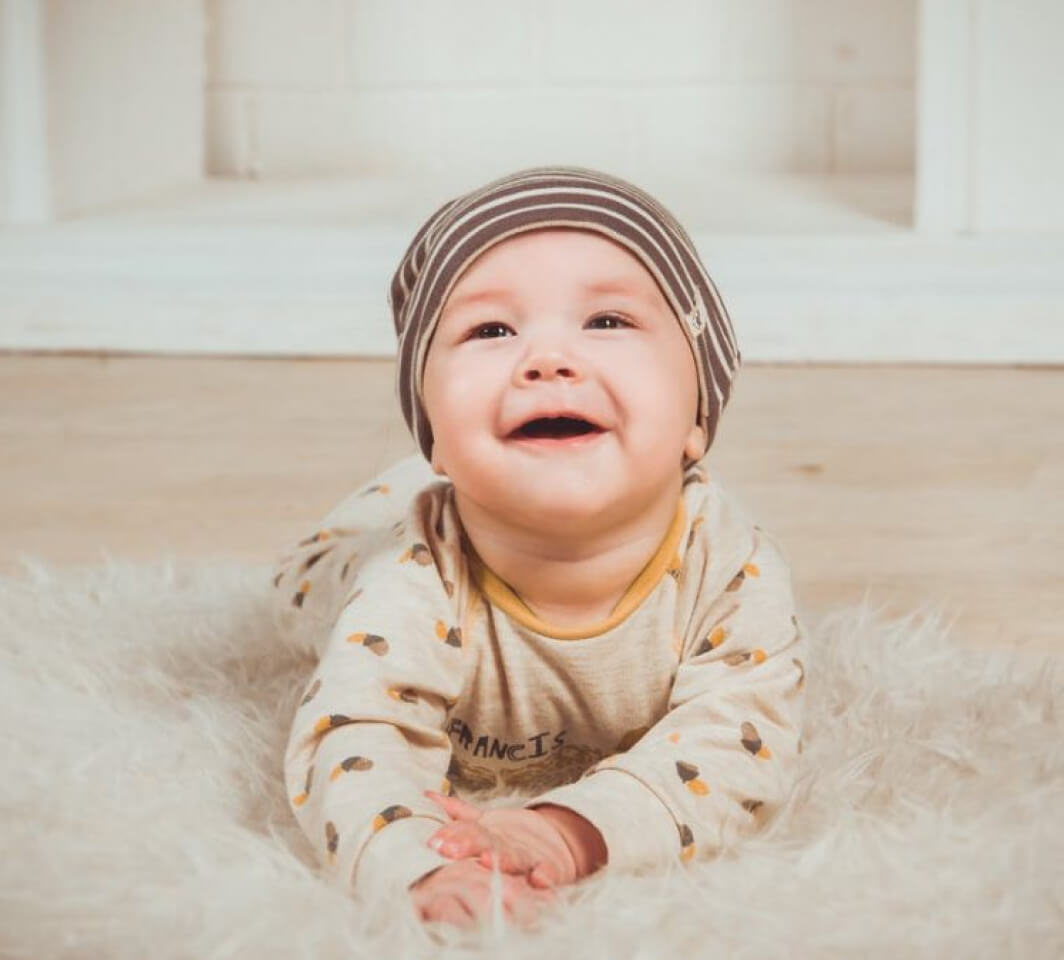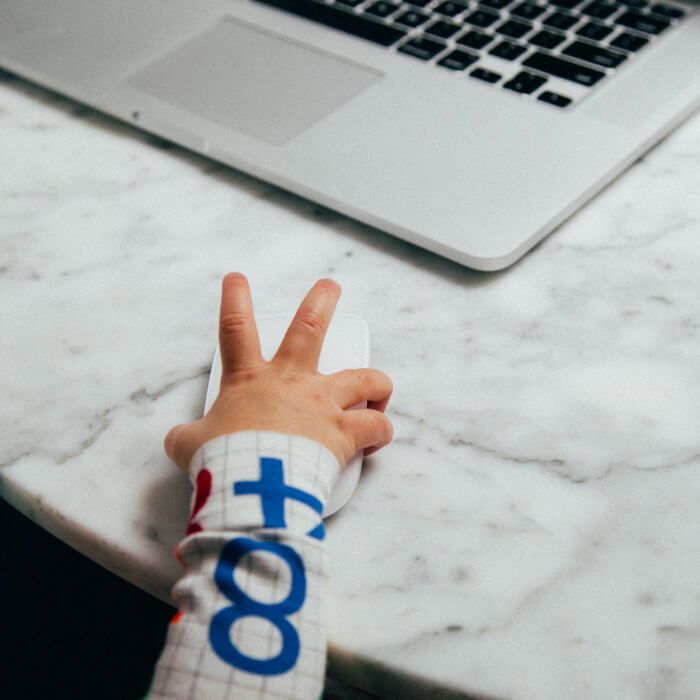10-12 Months
Many babies are starting to understand some simple commands and requests during this phase. They’re also imitating more of the sounds they hear as they develop basic language skills.
Some things to look for:
- Responding to simple requests like “stop” and “put that down”
- Following simple instructions, like “come here”
- Saying a few words, like “mama,” “dada,” and “uh-oh”
- Recognising words for simple objects, like “shoe”
- Immediately imitating sounds
- Tone changes in the sounds she makes (sounds more like speech)
All babies will develop at a different pace, but it’s important to mention these milestones and how your baby is progressing when you speak with your child’s doctor during each appointment. They can help you understand what to expect next.





.jpg)